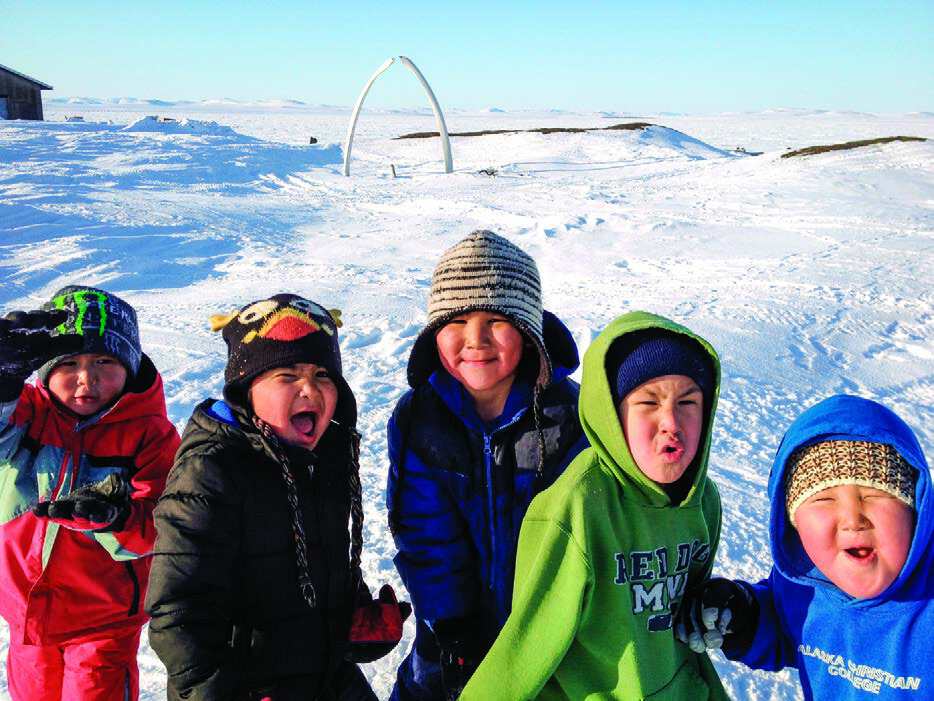“Social chain of custody” is a term that refers to documenting or creating a paper trail of meetings, dialogue and agreements of any form (verbal or written) with local communities during the full life of a mineral property. Maintaining records through the social chain of custody is especially important for mineral exploration companies because this documentation provides a record of what has, or has not, been done in terms of engagement with a community.
Throughout the exploration phase, property management and ownership typically changes hands multiple times over decades, while the nature of activities can change drastically, leading to increased anticipation and expectations about perceived risks and benefits from future mining operations. In addition, there can be personnel changes, as well as shifts in the style and intensity of the work being done, which is generally accompanied by variations in company attitudes – which can range from real enthusiasm to pessimism about a project.
While corporate leadership sees these fluctuations in the exploration phase as normal, communities are often left in a state of confusion. Even the smallest lapse in communication can threaten a future property owner’s ability to secure a social licence to operate. Mending a misunderstanding or filling a gap in the engagement process can be very difficult and costly for a company trying to advance the development of a mine.
“Management of socio-political risk arising from corporate transitions: the Mt. Milligan experience,” a study by Garth Thomson, research co-ordinator at the Canadian International Resources and Development Institute, speaks directly to the importance of ensuring a continuous chain of engagement and documentation from start to finish of the pre development phase. The study reveals that for the properties in production in the province of British Columbia at the time the research was completed, ownership changed an average of seven times from the first claim being staked to the commencement of production, and this process took an average of 55 years. So how does a mining company ensure that what was originally communicated or achieved with regard to community engagement is understood and maintained nearly a generation later?

At the heart of the engagement process is the need to build and maintain trust and to cultivate relationships that remain strong throughout the entire exploration phase, which will limit social risks in perpetuity. As a foundation for establishing a link in the social chain of custody, a question to consider would be, “What has the prior engagement experience been for the communities of interest with the mineral exploration industry or previous property owners?”
Records are important for several reasons, such as conducting due diligence, meeting regulatory requirements, and building transparency and accountability in community engagement processes. AME’s Aboriginal Engagement Guidebook, released in 2015, recommends that “explorers continue to provide updates as exploration activities progress over time. In addition to geological findings, and to show how the explorer is living up to its commitments, updates can include reports on activities such as environmental performance, hiring and contracting.” While there are various forms of documentation, continual updates of the engagement process are the surest way of guaranteeing the social chain of custody.
Guaranteeing social performance does not just happen on its own. It requires an integrated approach to documenting and reporting all stakeholder encounters. Getting the engagement processes correct requires forward planning and integrating procedures into all aspects of the exploration phase. Documenting encounters can take the form of a stakeholder database, meeting minutes, site visit reports, and memos or briefs.
According to Eleanor Gill, a social impact specialist at engineering consultant HATCH, proper documentation will drive social performance by promoting deliberate planning, focus and transparency. Gill boils this notion down to a simple equation: social performance + documentation = value creation. Without proper documentation about social performance, a prospective or new owner will not be aware of or able to leverage previous work. An integrated documentation process will help to safeguard an exploration company’s link in the social chain of custody.
Social performance does not simply happen; it must be mandated, have goals, objectives and targets, and be integrated into all stages of a project’s development and execution. There are three components that work together to ensure that the social chain of custody is measured in real terms:
- Document each engagement meeting, phone call, text or email, and validate these records with all parties where possible.
- Preserve the knowledge through reporting, audits, photos or meeting minutes.
- Make sure documentation is collected and passed along from each exploration company to the next, from the exploration team, through construction, to the mining team.
Following the equation social performance + proper documentation = value creation will ensure a strong engagement process in perpetuity.
Maintaining the social chain of custody entails an investment in time to create a record of social engagement. However, it can be a determining factor in creating a successful project that is able to advance quickly because many of the social details have been documented and remedied along the way – and this time savings could prove invaluable for a project in the future.
